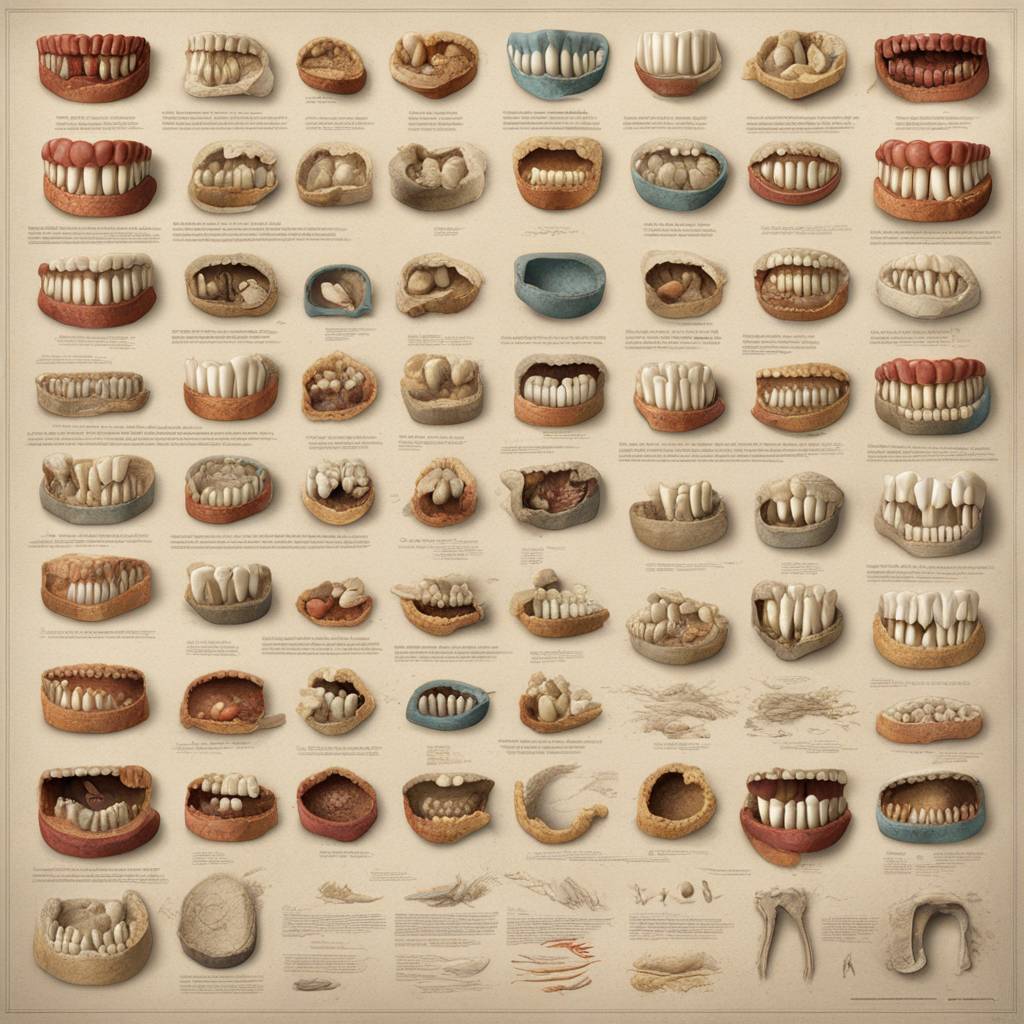Researchers at Trinity College Dublin have conducted a study on two remarkably preserved microbiomes from teeth dating back 4,000 years found in an Irish limestone cave. The teeth belonged to the same male individual and provided insight into his oral health and the historical changes in the oral microenvironment from the Bronze Age to the present day. The study, published in the journal Molecular Biology and Evolution, identified bacteria associated with gum disease and provided the first high-quality ancient genome of Streptococcus mutans, a major cause of tooth decay.
S. mutans, common in modern mouths, is exceptionally rare in the ancient genomic record due to its acid-producing nature which decays teeth and prevents plaque from fossilizing. The study targeted the teeth directly instead of fossilized plaque, providing valuable genetic information. The scarcity of S. mutans in ancient mouths may also be due to the lack of suitable habitats for this sugar-loving species. The dramatic increase in dental cavities in the past few hundred years correlates with the introduction of sugary foods to the masses.
The teeth sampled in the study were part of a larger skeletal assemblage excavated from Killuragh Cave, County Limerick by Peter Woodman of University College Cork. While other teeth in the cave showed significant dental decay, the sampled teeth showed no visible cavities. However, one tooth displayed an unusually high abundance of S. mutans DNA, indicating an extreme imbalance in the oral microbial community and suggesting a high risk of cavities for the individual before his death.
The researchers also found evidence supporting the “disappearing microbiome” hypothesis, which suggests that modern microbiomes are less diverse than those of our ancestors. This loss of biodiversity can have implications for human health. The Bronze Age teeth produced highly divergent strains of Tannerella forsythia, a bacteria associated with gum disease, highlighting a major loss in diversity that needs further understanding. The prehistoric diversity revealed in the study sheds light on significant changes in the oral microenvironment over time.
Analysis of ancient genome diversity showed that T. forsythia strains from a single ancient mouth were genetically more different from each other than modern strains worldwide. This suggests a dramatic loss in diversity over time, with a single lineage of T. forsythia becoming dominant globally in the past 750 years. The industrial era has seen changes in the genetic content of bacteria, particularly pathogenic strains like T. forsythia and S. mutans, reflecting cultural transitions such as mass sugar consumption.
The evolutionary mechanisms shaping genome diversity in disease-causing bacteria like T. forsythia and S. mutans have led to their significant changes from the Bronze Age to the present. Recent cultural transitions in the industrial era have had a profound impact on the genetic makeup of these bacteria, indicating a correlation between human activity and the evolution of oral pathogens. The ability of S. mutans to easily share innovations between strains may explain the retention of diverse lineages without one becoming dominant, reflecting the broader changes in human diet and lifestyle over time.













